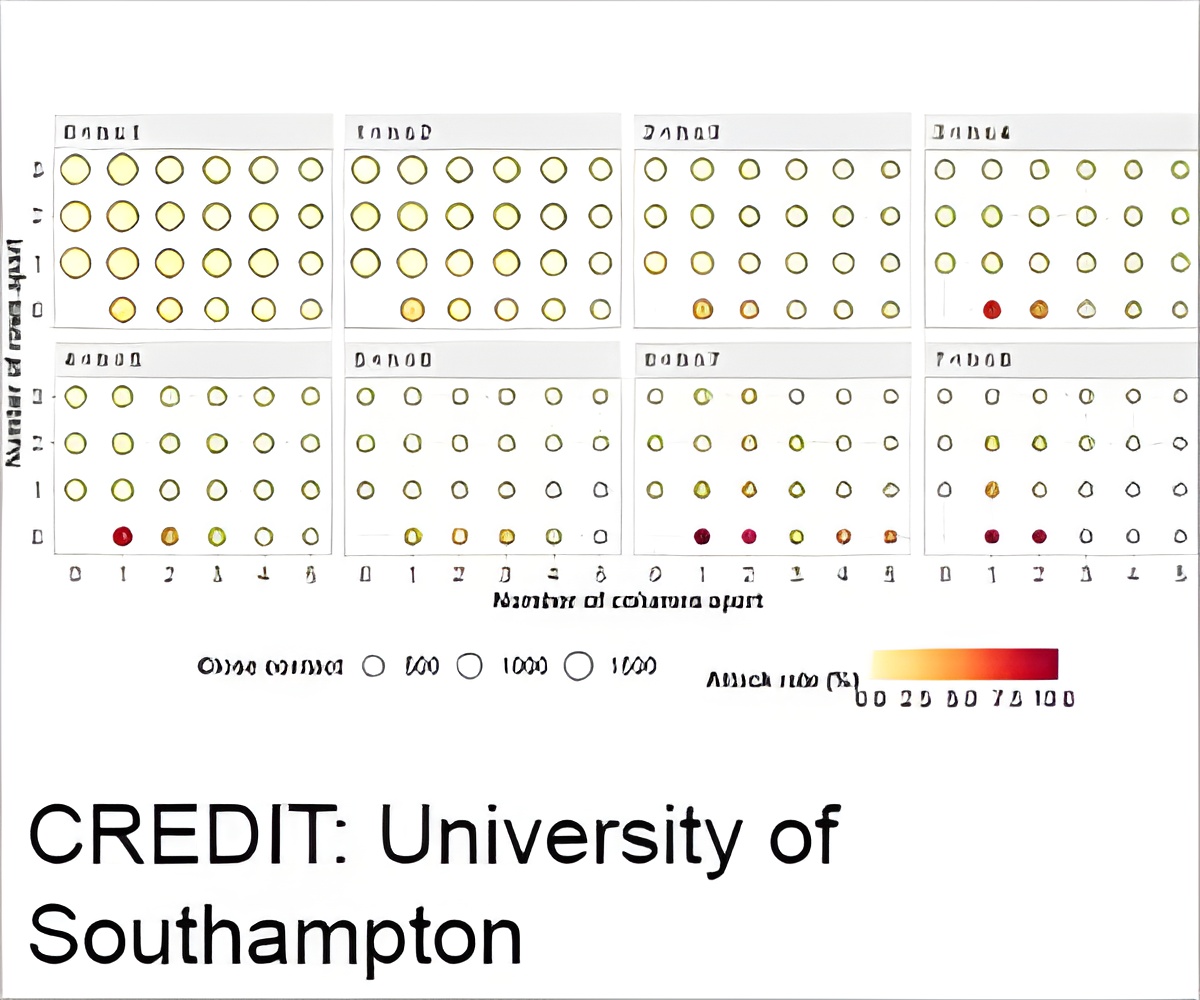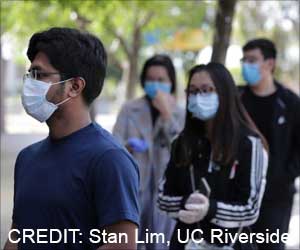COVID-19 transmission rates on trains with infected people were studied recently. The study found that the rate of COVID-19 transmission is dependent on distance as well as time in the train.

‘Coronavirus transmission in a train is related to distance from the infectious person and time spent traveling with an infectious person.’
Read More..




The study, in collaboration with the Chinese Academy of Sciences, China Academy of Electronics and Information Technology, and Chinese Center for Disease Control and Prevention, also showed that passengers travelling in seats directly adjacent to an index patient suffered the highest level of transmission, with an average of 3.5 percent contracting the disease. For those sitting on the same row, the figure was 1.5 percent.Read More..
The 'attack rate' for each seat - the number of passengers in a given seat diagnosed with COVID-19, divided by the total number of passengers travelling in the same seat - increased by 0.15 percent for every hour that a person traveled with an index patient. For those in adjacent seats, this rate of increase was higher at 1.3 percent per hour.
Interestingly, the researchers found that only 0.075 percent of people who used a seat previously occupied by an index patient went on to contract the disease.
Details are published in the journal Clinical Infectious Diseases.
The WorldPop team, experts in population mapping, used sophisticated modelling to analyse anonymized itinerary and infection data relating to train passengers on China's high-speed G train network.
Advertisement
Lead investigator, Dr Shengjie Lai, comments: "Our study shows that although there is an increased risk of COVID-19 transmission on trains, a person's seat location and travel time in relation to an infectious person can make a big difference as to whether it is passed on. The findings suggest that during the COVID-19 epidemic it is important to reduce the density of passengers and promote personal hygiene measures, the use of face coverings and possibly carry-out temperature checks before boarding."
Advertisement
Director of WorldPop, Professor Andy Tatem adds: "Our research is the first to quantify the individual risk of COVID-19 transmission on public transport based on data from epidemiological investigations of disease cases and their close contacts on high-speed trains."
"It shows that the transmission risk not only relates to the distance from an infected person, but also the time in their presence. We hope it can help to inform authorities globally about measures needed to guard against the virus and in-turn help to reduce its spread."
Source-Newswise















